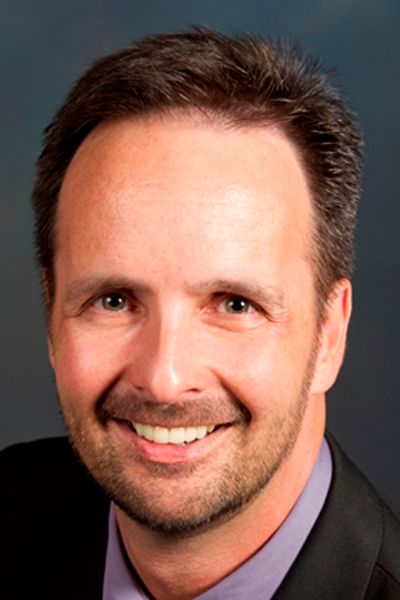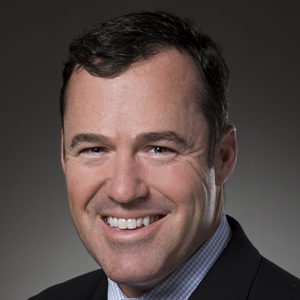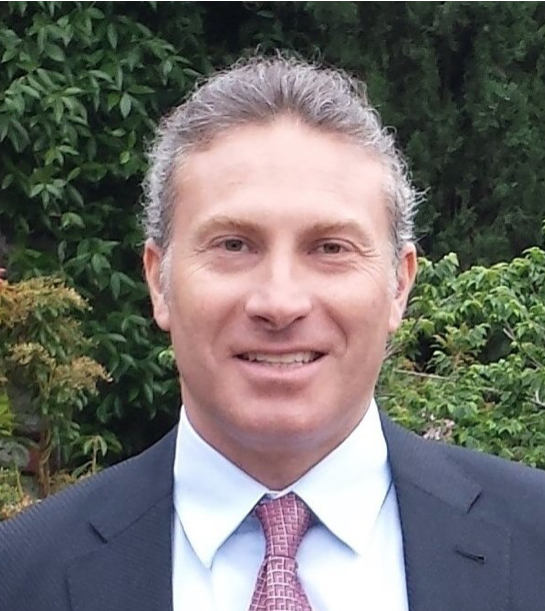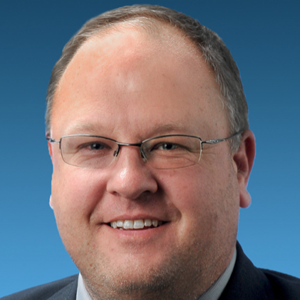For the first time in the history of satellite manufacturing, assembly line techniques are in use to fulfill the large numbers of planned constellations. Irrespective of this increased demand, several technologies have been implemented to improve upon traditional manufacturing techniques. How are advances in components, subsystems, sensors, data analytics, and automation affecting satellite manufacturing? Production times have also been reduced to respond to customer demand. Augmented reality, CAD software, and additive manufacturing all affect the manufacturing process. How do new ideas regarding mission assurance impact the rigorous manufacturing protocols and procedures that were defined in the recent past?
 Josef Koller
Josef Koller
Dr. Josef Koller is a Systems Director for the Center for Space Policy and Strategy, serving as a senior analyst and team leader on topics that cut across policy, technology, and economics. Prior to joining Aerospace, Dr. Koller served as a Senior Advisor to the Office of the Secretary of Defense for Space Policy where he directly supported key national and international strategy efforts for space-related U.S. Government and DoD policy matters including commercial remote sensing, space traffic management, and related congressional affairs. Prior to that assignment, Dr. Koller managed and co-lead over 40 scientists in the “Space Science and Applications Group” at Los Alamos National Laboratory. Dr. Koller also established and led the Los Alamos Space Weather Summer School to promote graduate student research and outreach at the Laboratory.
Dr. Koller has over 17 years of experience with global security and space science programs. He has authored over 50 peer-reviewed scientific publications with 700 citations. Dr. Koller has a Ph.D. in Astrophysics from Rice University.
 Tony Gingiss
Tony Gingiss
Tony Gingiss is an Executive, Program Manager and Systems Engineer with over 25 years of experience in the satellite and telecom industries. Tony is the Chief Executive Officer (CEO) of OneWeb Satellites, appointed in Sept 2017. OneWeb Satellites is a joint venture (JV) between Airbus and OneWeb created to design the satellites for OneWeb’s low earth orbit constellation and manufacture over 900 of them at a production rate of 10+ satellites per week. In addition to enabling OneWeb, the JV’s mission is to provide low cost and high-quality satellites to the market to revolutionize the economics of space. Prior to leading the JV, Tony served as OneWeb’s Vice President, Space Segment, responsible for satellite and launch vehicle procurement.
Prior to joining OneWeb, Tony was the Director of Strategic Integration for Boeing’s Satellite Systems in El Segundo, CA. He was responsible for overall innovation and integrating business strategy, across Government and Commercial markets and all organization functions. Prior to this, he was the Program Director of National Space Communications Programs (NSCP) and Advanced Systems Programs (ASP), portfolios of classified communications related programs with a combined scope of over $2B. During his 2011-2016 tenure in NSCP/ASP, Tony served as the Deputy Director and in program management roles for evolution studies, new business activities & campaigns, and a major development program.
From 2007-2011, Tony led the Systems Engineering organization for Boeing’s GPS (Global Positioning System) IIF. GPS IIF is the current generation GPS satellite system for the U.S. Air Force and included 12 new satellites and an updated ground segment, now fully deployed and operational. His organization included Space Vehicle System & Subsystems Engineering, Space and Ground Segment Integration, Flight Products, and Mission Operations Support. He led this organization through the first two launches in May 2010 and July 2011.
Tony started at Hughes Space and Communications (now Boeing Network & Space Systems) in 1992 as a Mission Analyst. He was the lead mission analyst for the first three DirecTV satellites and served in analysis and operations roles for more than 15 domestic and international commercial satellite programs. Tony worked his way up from a Mission Analyst into Ground Systems Engineering and Management and, ultimately, into Systems Engineering and Engineering Management, working Commercial, NASA, and DoD programs during all phases including concept/business development, design, I&T, delivery, and on-orbit support.
During the dot-com boom from 2000 to 2003 Tony was the Director of Product Development for a small media and entertainment technology and telecommunications company. There he gained valuable technical and management experience in integrated hardware, software and networking product development and unique insight into the adoption of non-aerospace commercial practices and technologies to the aerospace industry. He rejoined Hughes/Boeing in 2003 as part of Boeing’s systems engineering team on the DoD TSAT RRSD Program.
Tony received his Bachelor of Science in Aerospace Engineering from Purdue in 1990. He was awarded a Charles Stark Draper Laboratories Fellowship at MIT and received his Master of Science in Aeronautics and Astronautics from MIT in 1992.
 Wallis Laughrey
Wallis Laughrey
Wallis Laughrey is vice president of Space Systems, a mission area within Raytheon’s Space and Airborne Systems. A member of the SAS leadership team, he oversees all Space Systems programs, developing the organization’s vision, strategy and plans. Raytheon Company, with 2018 sales of $27 billion and 67,000 employees, is a technology and innovation leader specializing in defense, civil government and cybersecurity solutions. With a history of innovation spanning 97 years, Raytheon provides state-of-the-art electronics, mission systems integration, C5ITM products and services, sensing, effects, and mission support for customers in more than 80 countries. Raytheon is headquartered in Waltham, Massachusetts.
Raytheon Space and Airborne Systems is a leading provider of integrated sensor, communication and electronic warfare systems giving military forces accurate and timely actionable information for the network-centric battlefield. With a workforce of more than 13,500 and 2018 sales of $6.7 billion, SAS is headquartered in McKinney, Texas, with operations across the U.S. and internationally.
Space Systems is a global leader for space-enabled information solutions for defense, civil and commercial applications. Key technologies include electro-optical, infrared and radar-based payloads systems. Programs include the Visible Infrared Imaging Radiometer Suite, Space Tracking and Surveillance System sensors, advanced missile warning technology and various classified efforts.
Prior to his role at Space Systems, Mr. Laughrey was SAS vice president and deputy, Advanced Concepts and Technology. He continues to collaborate with ACT in the development and implementation of new and emerging system concepts, products and strategic technologies that position SAS for future programs and architected a $12B future resilient MILSATCOM enterprise architecture.
Prior to Raytheon, Mr. Laughrey was director, Strike Systems Advanced Development, Northrop Grumman Aerospace Systems. He was responsible for leading strategy and business development teams in growing two diverse portfolios. Mr. Laughrey held a number of program and functional positions, each with increasing levels of responsibility.
Prior to Northrop Grumman, Mr. Laughrey was program manager, Raytheon SAS, overseeing a family of products employed on the E2D Advanced Hawkeye aircraft. He led the development and delivery of five flight units through subsystem and aircraft level integration and test in less than two years.
After graduating from the United States Air Force Academy, Mr. Laughrey served in a number of different roles and organizations within Air Force Space Command and Air Force Materiel Command.
Mr. Laughrey holds memberships in the Air Force Association, American Institute of Aeronautics and Astronautics, and National Defense Industrial Association professional organizations.
Mr. Laughrey earned a bachelor’s degree from the United States Air Force Academy, master’s degrees in public administration and product development engineering from the University of Colorado and the University of Southern California, respectively. He has also earned a certificate in advanced project management from Stanford University.
 Max La Rosa
Max La Rosa
Max La Rosa is Director of Sales and Business Development for Thales Alenia Space in Arlington, VA.
As liaison office representative at Northrop Grumman, he supported the Ground Processing and Launch Campaign of the Cygnus Pressurized Cargo Modules built by Thales Alenia Space.
He worked for 7 years at Kennedy Space Center in the Space Station Processing Facility (SSPF) to assist NASA and Boeing in the Ground Processing and Launch Campaign of the pressurized modules built by Thales Alenia Space for the International Space Station.
Previously, Max La Rosa worked as Product Assurance Engineer at the Thales Alenia Space facility in Torino- Italy to support the EEE Parts department in the design of scientific satellites.
Max holds a BS degree in Physics and an MS degree in Nuclear Physics.
 Rob Schwarz
Rob Schwarz
Rob Schwarz is the Vice President of Product Management at Maxar Space Solutions. He has over 20 years in the space industry working in space systems engineering and product development. Rob is passionate about finding new problems and working with talented teams to create innovative solutions to those problems. He holds degrees in Mechanical Engineering and Aeronautics/Astronautics from Rutgers University and MIT.